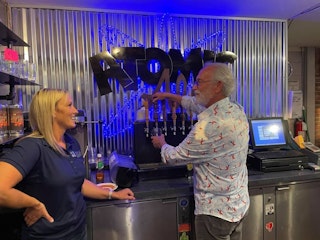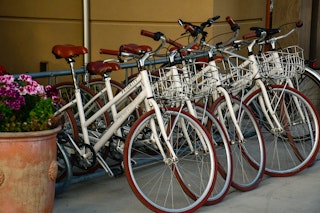Moving People & Materials
Planes, Trains, Buses, and the Infrastructure of War
To build a secret city and run a top-secret site like Hanford, you need more than blueprints and scientists , you need to move thousands of people and massive quantities of equipment, all while keeping everything under wraps.
The Tri-Cities became a vital hub of wartime logistics. Pasco’s airport, once a Naval Air Station, trained military pilots and connected the Columbia Basin to national air routes. Vista Field, once used by the Civilian Pilot Training Program, supported aviation efforts on the home front. Pasco rail yards, Columbia River barge routes, and a web of newly built highways and bridges moved materials in and out of the region constantly, including heavy reactor components and secure shipments under military escort.
And perhaps most astonishing of all: the people. Thousands were bused daily between Richland and the Hanford Site in one of the most extensive and highly regulated employee transport systems in the country.
The movement never stopped. It was a city on wheels, an economy in motion, and a region that learned to scale up fast in service to a war few locals fully understood.
































